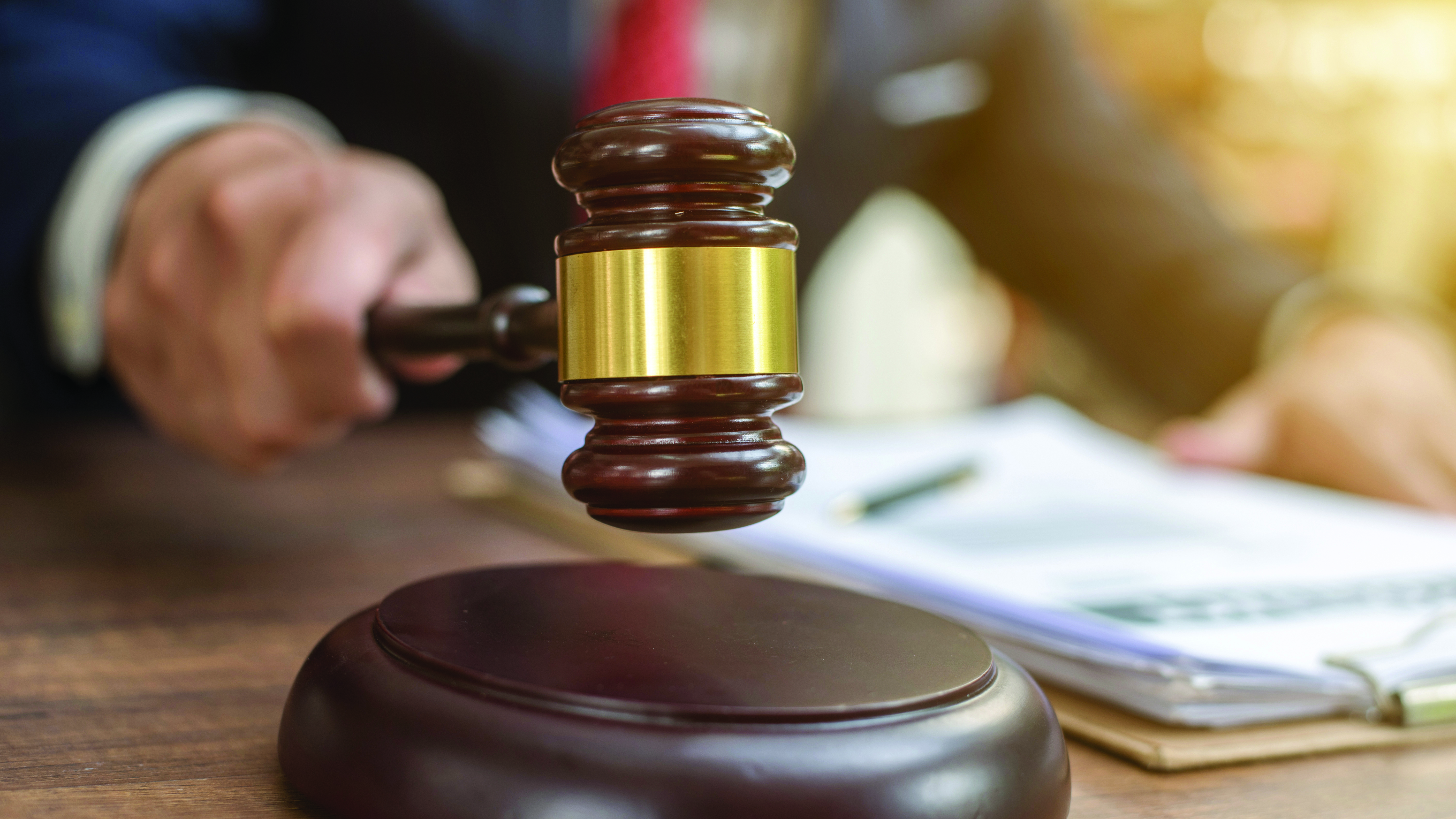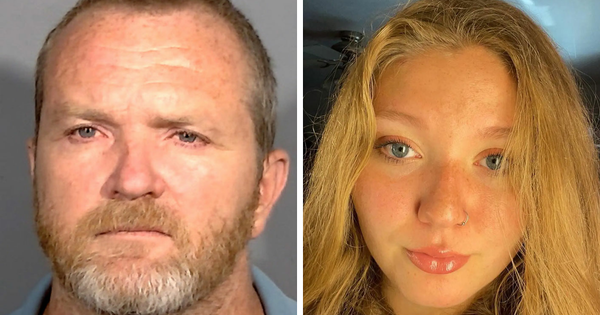
Embedding a social media post allows websites to share content without hosting the content themselves – but is such a tool a violation of copyright? A photographer wants the US Supreme Court to consider that question. In a petition for certiorari (a request to review) filed on March 28, photographer Elliot McGucken is asking the court to consider if displaying a work without hosting the work using embedding tools violates copyright after lower courts dismissed the case.
The case, McGucken v. Valent, Inc., argues the legality of embedding a copyrighted work without the artist's permission after The Travel embedded McGucken’s Instagram posts. The district courts and Ninth Circuit court dismissed the complaints, and now the photographer has asked the Supreme Court to consider the argument.
The case asks the Supreme Court to consider the constitutionality of the “server test,” a guideline established in a 2007 Ninth Circuit Court decision. The server test essentially suggests that downloading and hosting an image on a website is a violation of copyright, but embedding the image from the artist’s website or social media, which doesn’t require downloading to the website’s servers, does not violate copyright.
The petition certiorari argues that the server test violates the artist's rights “to display the copyrighted work publicly” and asks the courts to consider whether a website’s unauthorized display of an image violates copyright “regardless of the technological process used to show the work.”
Embedding tools allow websites to share a photo, video, or written content by including a snippet of the social media post using code without downloading the content itself. Using the embed tool, viewers can react to the post with the various social media tools included in the embed and click through to view the original post.
Many social media platforms give artists the option to turn the embed tool off, preventing websites from sharing the content in this way. Instagram, for example, added the option to disable embeds in 2021, in part from the prompting of multiple photography organizations. The tool allows users to turn off embedding inside the Settings menu and “How others can interact with you.” Turning off the tool prevents other websites from embedding the post.
The filing of the petition for certiorari requests a review from the Supreme Court; a response on whether or not the high court will consider McGucken v. Valnet is due by May 1.
You may also like
Browse our photographer's guide to copyright or top Instagram tips for photographers.







